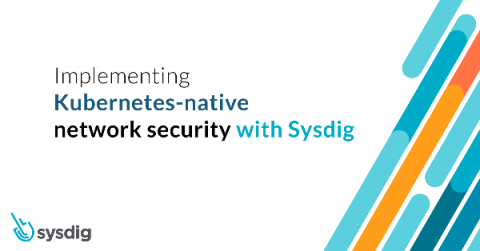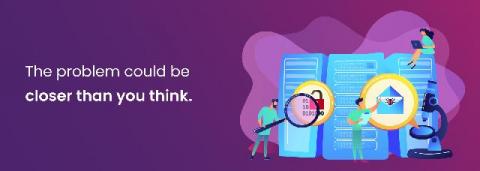Nature vs. Nurture Tip 1: Use DAST With SAST
When conducting research for this year’s State of Software Security report, we looked at how “nature” and “nurture” contribute to the time it takes to close out a security flaw. For the “nature” side, we looked at attributes that we cannot change, like application size or age. For “nurture,” we looked at application attributes we can change, like security scan frequency and cadence.











